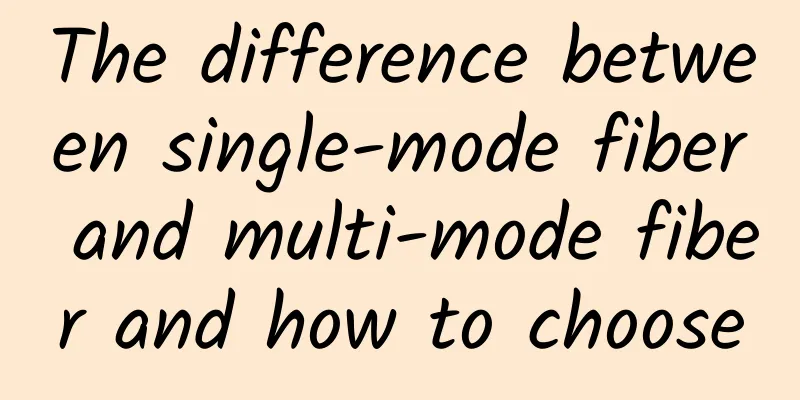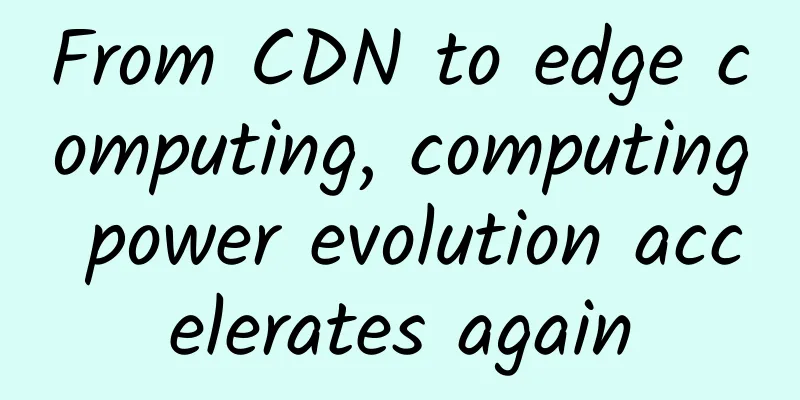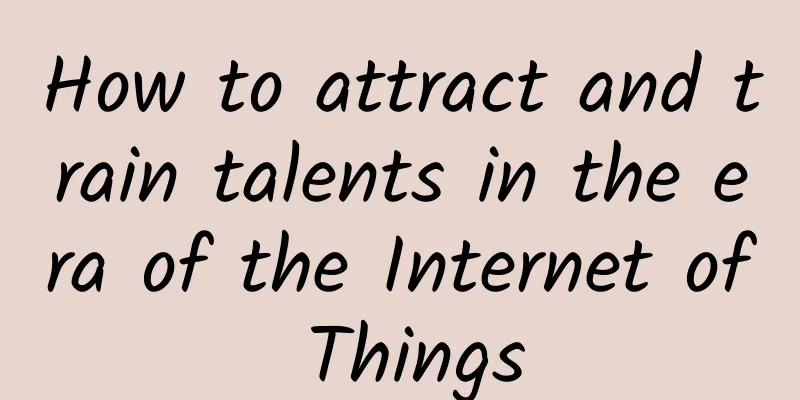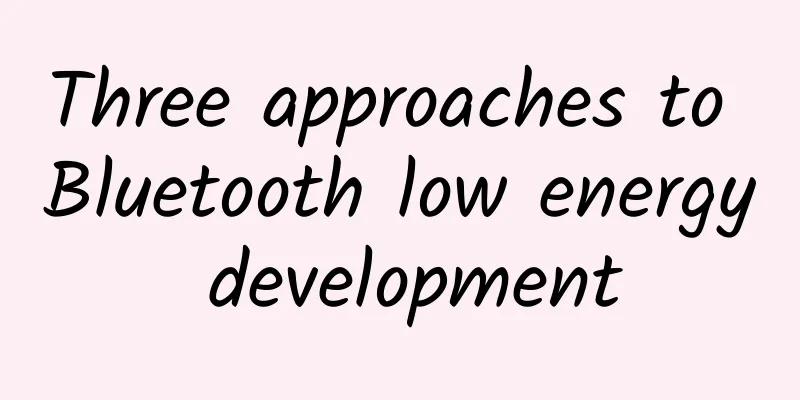5G, IoT and AI: Art and tech jobs for 2021
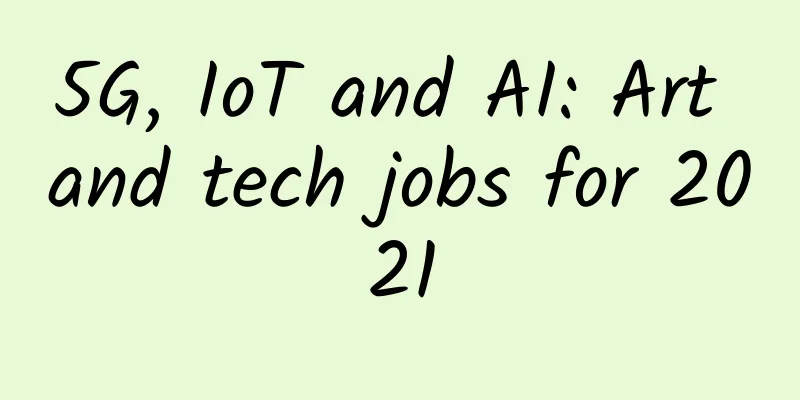
|
We are witnessing a massive transformation in the technology sector, with the convergence of 5G, IoT and AI capabilities. While these are different technologies with niche applications, when combined they reveal the essence of working in a highly volatile big data economy. These have the power to transform not only the telecom and communications industries, but also the global advanced electronics markets, which are heavily dependent on the latest innovations in internet connectivity, artificial intelligence and machine learning.
Why do we need 5G, IoT and AI?AI provides us with the ability to enhance machine learning and make automated workflows more intelligent and cognitive to achieve human-centric goals. The Internet of Things connects all smart devices in a high-density network through a network of sensors, transmitters, and artificial intelligence. 5G enables us to use IoT networks at super-fast speeds, allowing us to massively scale to 100 times the speeds we currently achieve with 4G speeds. According to Telenor, 5G networks will [theoretically] be able to handle 1,000,000 things within one square kilometer. When 5G, AI, and IoT work in sync, they could lead to innovation in a new era of digital services that disrupt IT operations, cybersecurity, computing, and customer experience management/digital experience management [CXM and DXM]. By combining 5G, AI, and IoT, you can achieve faster interoperability, trusted security, and greater ROI in a fast-paced deployment ecosystem. Top industries already using these 3 technologies:
Popular Interview: AiThority interview with PeriGen CEO Matthew Sappern Some underlying facts: With the support of AI and 5G, enterprise users can actually improve the speed, latency, reliability, agility and scalability of their smart devices and IoT-connected devices. Overall, 5G in the OpenRAN (O-RAN) era can actually save up to 70% of energy (usually lost to the environment as waste heat) and reduce total CO2 emissions from 70 tons to just 17 tons. For example, by upgrading to the latest Next-Generation RAN, Nokia is promising to further reduce emissions. By Nokia’s own admission, the Nokia AirScale base station consumes 60% less energy than Nokia’s previous generation radio access solution. Modernizing a typical legacy base station site to a single RAN can achieve energy savings of up to 70% and reduce its annual CO2 emissions from more than 70 tons to just 17 tons. 5G is capable of supporting a large number of connections simultaneously while improving speed, latency, reliability and power consumption for mobile phones and Internet of Things (IoT) devices. Let us understand these technologies one by one. 5G: Hyper-scaling data analytics and procurement5G is considered the fastest growing mobile technology in history. Pandemic-related disruptions have failed to stop 5G's growth; 2020 belongs to 5G. According to 5GAmericas, the wireless industry trade association and the voice of 5G and LTE Americas, subscribers for 5G, the fifth generation of wireless, are growing four times faster than 4G LTE. In addition, according to data provided by Omdia, the number of global 5G users increased by 225 million from the third quarter of 2019 to the third quarter of 2020, a feat that took 4G LTE four years to achieve. As of December 2020, the number of global 5G users was 229 million, a 66% increase from the previous quarter, and is expected to reach 236 million worldwide by the end of 2020. By 2023, it will increase from 700 million to 3.2 billion. This growth will pave the way for rapid, innovative, and fast development of the IoT market. 5G will foster innovation in many areas and provide the framework for new technologies, such as the IoT, to become an integral part of our economy and way of life. Joe Berti, vice president of product management for IBM AI applications, asserted: “5G is the foundational platform that supports the Internet of Things by connecting hundreds of sensors to provide real-time status updates (machines, alarms, different facilities, etc.). Understandably, smart manufacturing requires advanced industrial robots that can operate and communicate wirelessly in a safe and reliable environment. These robots require large bandwidth to transmit high-definition video for precise analysis and other necessary manufacturing functions.” How does 5G work?5G is designed to deliver peak data rates of up to 20Gbps in accordance with IMT-2020 requirements. However, 5G is more than just fast. In addition to higher peak data speeds, 5G network capacity is also being expanded to include additional spectrum, including millimeter wave. 5G will also take less time to respond and provide a more unified overall user experience, maintaining consistently high data speeds even as users travel. Gigabit LTE coverage bases can provide ubiquitous Gigabit connectivity to support new 5G NR mobile networks. High-speed transmission5G is reportedly ten times faster than existing LTE networks. This speed boost will make it easier than ever for IoT devices to communicate and exchange data. Ultimately, the commercial success of IoT is tied to its performance and how quickly it can interact with other IoT devices, smartphones and tablets, apps, and more in the form of apps or websites. 5G will significantly increase data transfer rates. For example, this speed increase will help minimize latency in smart devices and increase the overall speed at which connected devices can send and receive data and alerts. In addition to smart home devices and edge computing, nearly all IoT devices, including those with healthcare and industrial applications, benefit from faster speeds. "5G's low latency, high download speeds, and massive capacity can dramatically increase the number of devices that can be supported in near real-time within the same geographic area. Combined with edge computing's decentralized architecture, which brings technology resources closer to where data is processed, both solutions can reduce response times and increase processing speed and reliability. As a result, innovative applications such as remote-controlled robots and near-real-time cognitive video analytics are now possible for the first time ever," said Qiao. Integration with artificial intelligenceAI and 5G are mutually dependent on each other for future development. 5G provides the infrastructure and vast amounts of data needed for AI to flourish, while AI provides the opportunity to navigate the chaos and difficulties of 5G, driven by advances in machine learning. Joe also talked about the role of AI models such as IBM's Watson in this context. He said: "Watson's role is critical to this transformation as it helps industrial companies improve operations, optimize production quality and enhance worker safety through a select set of products called WatsonWorks. WatsonWorks is embedded with AI models and applications to help all types of companies address all aspects of the challenge of returning to the workplace. It provides essential, data-driven insights to help employers make informed decisions about workplace re-entry and safety, facilities management, space allocation and other COVID-related priorities." “While 5G and AI are transforming industries like manufacturing on their own, together they enable more near-real-time communications and responses and an enhanced user experience,” said Tami Erwin, group CEO of Verizon. Commercial IoTIn the age of “automation and computing everywhere,” we need 5G, IoT, and AI to work in our favor. In addition to virtual contact centers and open source DevOps, the rise of conversational AI (CAI) platforms has put 5G-based AI projects on a faster track. Companies are looking to reorganize their “technology grid” to adapt and evolve to accelerate digital transformation across departments, especially in marketing, sales, and employee experience centers. According to Gartner, organizations can accelerate digital business strategies by becoming more agile and “making rapid business decisions based on currently available data” to drive faster digital transformation. 5G, AI and IoT engineering can facilitate this process. In addition to boosting technology growth, 5G-enabled IoT is expected to empower 22 million workers worldwide. The development is expected to benefit the digitization of transportation, agriculture, commerce, and other physical industries. Construction areas, mines, oil derricks, and cargo ship floors are part of the consideration. The ultra-fast data transmission in these industries greatly benefits their time-sensitive output. 5G will drive the creation of smart machines and intelligent processing. It will allow IoT for almost instantaneous traffic monitoring, enhanced protection and public safety, and potentially allow remote operation. Augmented and virtual realityAR & VR innovations open up new ways to manage fields such as agriculture, gaming, advertising, automotive and medical facilities, encouraging overall increased productivity. The convergence of 5G access networks, edge networks, distributed high-performance 5G core capabilities and modern system form factors improves these new use cases. A world of possibilities5G is critical to the Internet of Things because of the need for faster, easier-to-connect networks. 5G range expands the frequency of data transmission through wireless cellular technology. This greater choice of use increases the overall capacity of mobile networks, allowing for connection to additional devices, systems, and equipment. As the boundaries between the digital and physical realms blur, 5G will play an important role in the broader context of the Fourth Industrial Revolution. |
<<: A divorce war triggered by a WeChat chat!
>>: Five myths about instant messaging that every entrepreneur needs to know
Recommend
Let’s talk about the four major features of 5G
From telegraphs, telephones to mobile phones, and...
"Hyper-converged Data Center Network Lossless Ethernet Scenario Level Evaluation Specification" released, Huawei is the first to complete the evaluation
The "2021 Open Data Center Summit" was ...
PIGYun Mid-Autumn Festival Special Offer: Hong Kong/Korea VPS monthly payment starts from 14 yuan
PIGYun has released a special promotion for Septe...
Tudcloud: Hong Kong VPS with 70% discount for the first month starting at $2.7, with options for high bandwidth or unlimited traffic
Tudcloud has released this month's promotion....
Yecao Cloud: Hong Kong independent server starting from 199 yuan/month, optional BGP/CTGNet/Huawei Cloud line
The blog has shared Yecaoyun product information ...
Crisis! Crisis! The epidemic is a “crisis”, 5G is an “opportunity”
A sudden encounter with the pneumonia epidemic re...
5G is here: Now how will we make it work?
They say honeymooning in Niagara Falls sets you u...
Is it a major setback or a cold shower? What happened to 5G?
Because South Korea postponed the commercializati...
Miao Wei: 5G and other communication infrastructure construction should be appropriately advanced
Miao Wei, deputy director of the Economic Committ...
Log Analysis for Software Defined Data Center (SDDC)
Modern infrastructure is generating log data at a...
China's commercial Wi-Fi market size exceeds 4.1 billion yuan, analysis of the three major development trends of the industry
Commercial Wi-Fi is a wireless Internet service p...
Emerging technology trends to watch in 2023
As the world of technology continues to evolve, i...
A heated debate among various parties: How far are we from a 5G hit?
[Original article from 51CTO.com] Remember that t...
How 5G can help realize massive IoT
When discussing the coming 5G era, attention is o...
In 2020, China's network market: routers benefit from new infrastructure, and the Internet industry increases investment in switches
Recently, IDC released the "2020 Network Mar...

